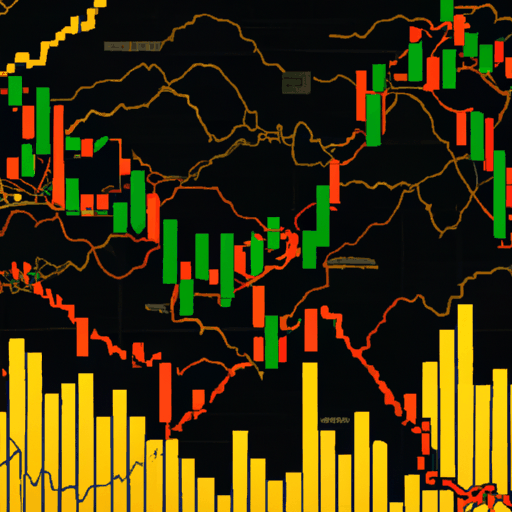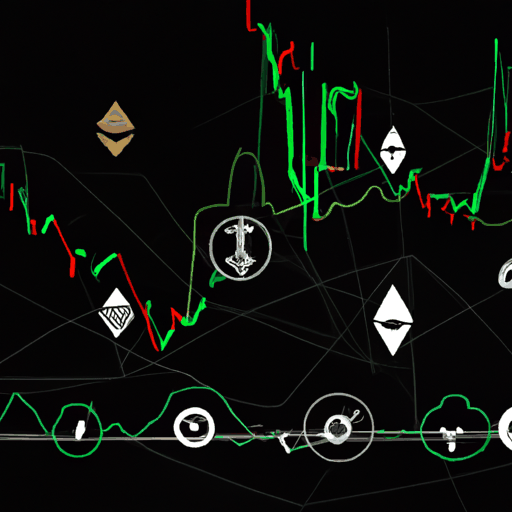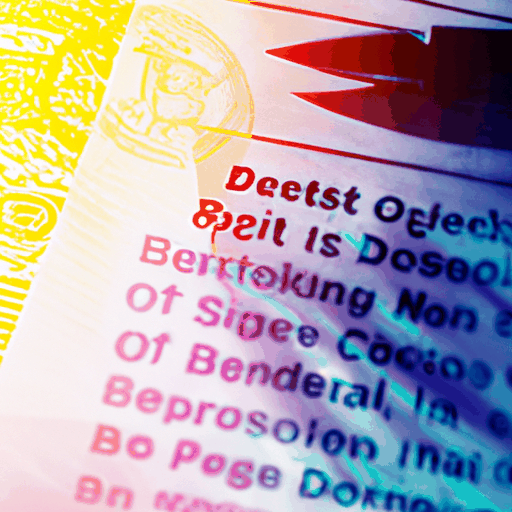
Crypto Exchange Liquidations Spark Regulatory Concerns
By: Eliza Bennet
The ongoing tumult in the cryptocurrency market has raised significant concerns regarding regulatory scrutiny of major exchanges following a market crash that resulted in unprecedented liquidations. Crypto.com CEO Kris Marszalek has called for an extensive regulatory review of exchanges with the largest liquidation figures, amidst allegations of underreporting actual liquidation numbers. Marszalek's concerns come on the heels of a significant market downturn that saw exchanges like Hyperliquid, Bybit, Binance, and others face over $37 billion in collective liquidations.
During this period, Hyperliquid reportedly topped the chart with $19.35 billion, with Bybit and Binance trailing at $10.31 billion and $4.5 billion, respectively. The CEO of Hyperliquid, Jeff Yan, and others have flagged issues with Binance's reporting practices, pointing out potential underreporting of liquidation figures. Yan argues that the current methods for reporting fail to capture the full scale, suggesting discrepancies as high as 100x under certain conditions, fueling Marszalek's push for regulators to examine the exchanges' protocols closely. Marszalek's emphasis on transparency reflects concerns over whether these exchanges allow investors to trade freely during market crashes and if trades are priced correctly.
Investor complaints have amplified these concerns, with numerous users reporting significant disruptions during the crash. Furthermore, Binance has openly acknowledged platform-related issues and intends to compensate impacted investors, as emphasized by co-founders in statements promising accountability and continued improvement.
While Binance has committed to addressing its shortcomings, the broader implications for the crypto market remain unclear. The crux of the investigation will likely revolve around verifying if the exchanges are effectively implementing anti-money laundering measures, maintaining proper trade monitoring, and whether there's a clean separation between their internal trading teams to avoid conflicts of interest. As regulators potentially step in, these events mark a pivotal moment in reinforcing market integrity and consumer protection.



